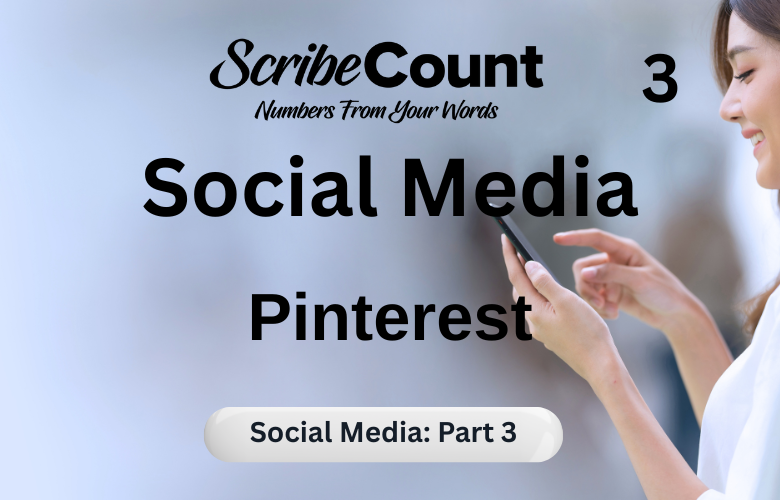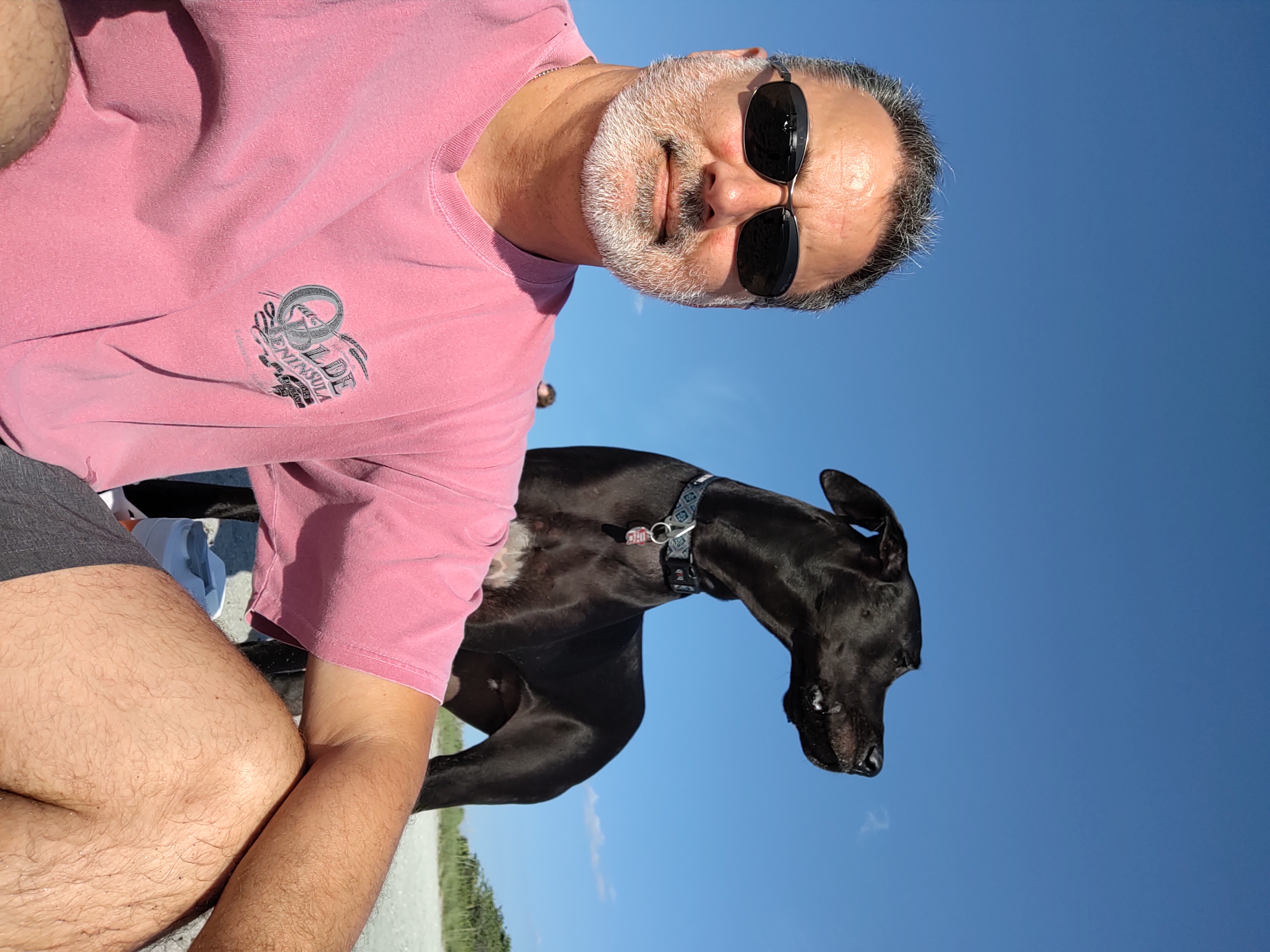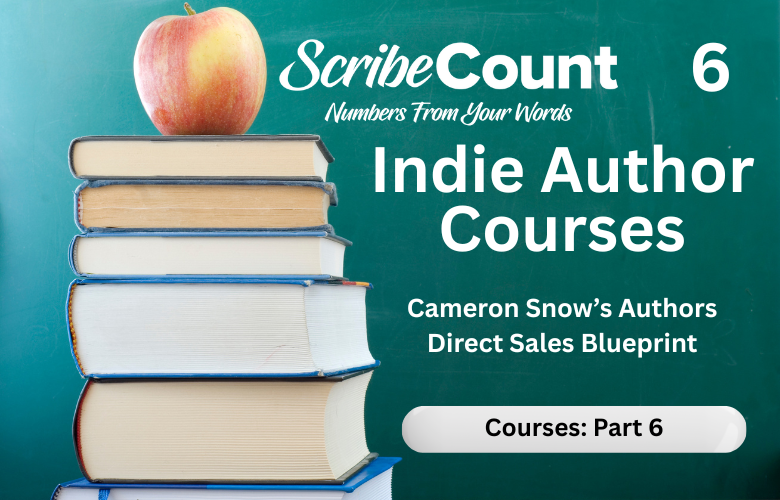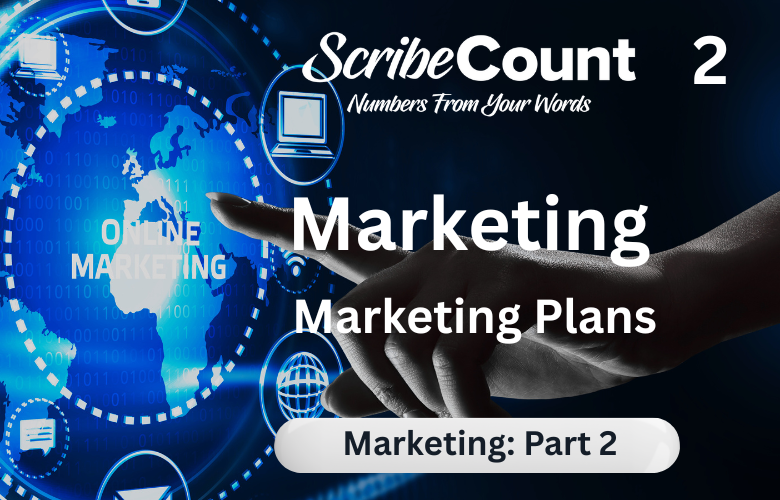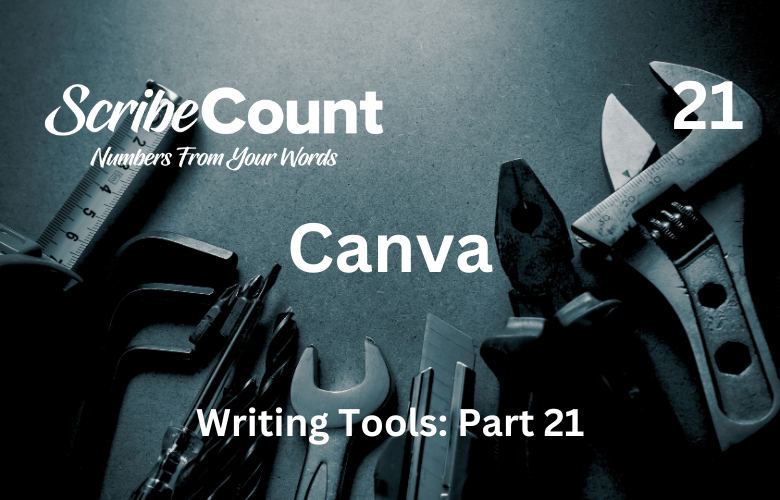Pinterest for Indie Authors
Pinterest stands apart in the world of social media. Founded in 2010 by Ben Silbermann, Paul Sciarra, and Evan Sharp, Pinterest evolved from a simple idea board into a powerful visual discovery engine and marketing tool. For indie authors, Pinterest offers a medium where covers, mood boards, character inspirations, writing process visuals, and video pins can spark storytelling curiosity, drive traffic to sales pages, and grow an engaged reader base. This comprehensive overview explores Pinterest’s development, founders' backgrounds, evolving features, market reach, and advertising options, including video pins, business accounts, relevant integrations, costs, learning curve, AI imagery impact, pros and cons, and a concluding positive assessment. Links to referenced services are included throughout.
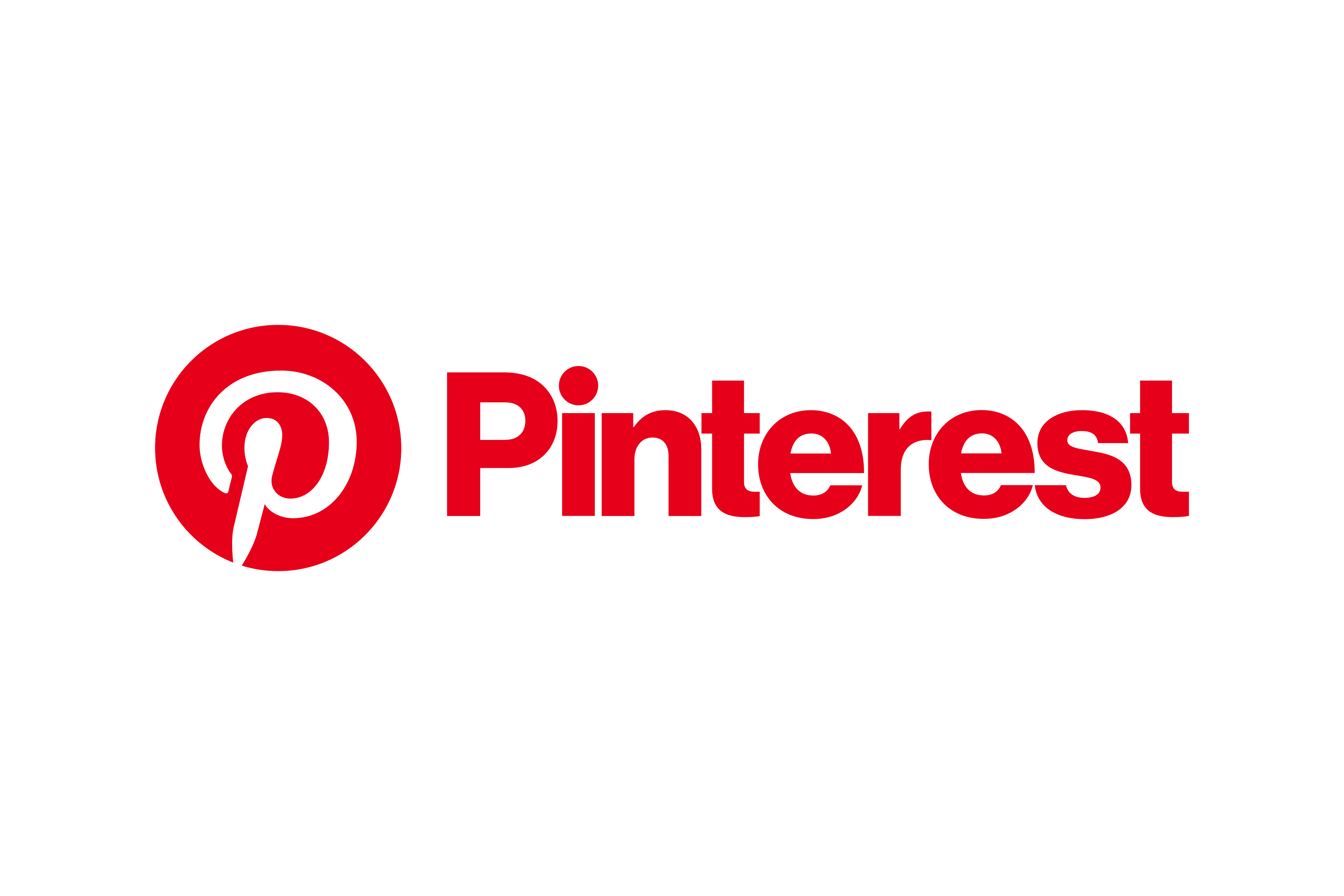
Founders and Origins: Passion Meets Design
Pinterest was conceived as a digital bulletin board by Ben Silbermann, an investor in artistic communities who studied at Yale and previously worked at Google. Together with Paul Sciarra and designer Evan Sharp, a Cornell graduate with a background in architecture, they launched the platform in March 2010. Silbermann and Sharp emphasized aesthetics and user curation, offering a place to save and share images, recipes, ideas, art, and design. The site quickly gained traction among DIY and creative communities.
By late 2011, Pinterest had won over one million registered users. Growth was fueled by a simple yet addictive experience: users “pin” images with links back to original sources. In 2012, around the time Instagram's visual model ascended, Pinterest secured venture capital and expanded features: guided search, categories, promoted pins, analytics. Today it flourishes under CEO Bill Ready, boasting hundreds of millions of active users—many of whom are exploring books and storytelling through visual content.
Market Reach & User Demographics
As of mid‑2025, more than 475 million people use Pinterest every month to discover new ideas, plan purchases, and explore personal interests. While the platform retains strong appeal among women—approximately 60% of users—male usage continues growing, now near 40%. Age-wise, around 40% of users fall in the 25‑34 bracket, 30% in 35‑49, and roughly 20% over 50; the remaining 10% are younger than 25. This wide demographic spread makes Pinterest an ideal platform for authors aiming to reach readers across many life stages—from young adult fiction consumers to midlife genre enthusiasts and older nonfiction fans.
“Pinterest transforms book promotion into a visual journey, giving indie authors a canvas to paint worlds readers can't wait to explore.”
Advertising Options & Sales Tools
Pinterest offers Promoted Pins, which include standard image pins, carousel pins, video pins, and shopping pins linking directly to e‑commerce listings. For indie authors, video pins and story pins serve as short-form storytelling tools, allowing authors to share animated cover reveals, trailer-style clips, read-aloud snippets, or quick insights about settings, characters, or writing tips—all in vertical mobile format. Story pins, introduced to enable rich narrative content, let users weave multimedia content—images, videos, text, lists—making them ideal for serialized writing process peeks and tutorial-style pieces.
Shopping functionality permits readers to click through to purchase pages—be it bookstores, Shopify, BookFunnel, or other storefronts. Pinterest’s Shop the Look feature allows authors to tag covers, merch, or writing-themed products in their pins directly linking to purchase sites.
"Eighty percent of Pinterest weekly users discover new brands and authors via pin recommendations, making it a prime platform for book introduction.
Pins from indie author blogs and storefronts generate an average of 30 percent more referral traffic over six months compared with posts on other social platforms."
Business & Creator Accounts for Personal Connection
Authors can switch from personal to business accounts, unlocking analytics through Pinterest Analytics and access to Pinterest Trends. These tools illuminate which pins drive attention, engagement, and traffic. Business accounts enable audience building through boards like “Character Aesthetic,” “Writing Space Inspiration,” or “Sneak Peek Excerpts,” and interaction through comments, sectioned boards, and collaborative board contributions. Verified accounts lend professional credibility; authors often partner with readers or Bookstagrammers by inviting them to collaborative boards, creating a dynamic community.
Integrations and Tools
Pinterest integrates with Shopify, WooCommerce, BigCommerce, Etsy, and other storefront platforms. For tracking conversions from pins, authors embed Pinterest Tag code on their websites or book pages. Though ScribeCount does not yet offer a direct Pinterest integration, authors can combine UTM-coded links with ScribeCount dashboard tracking, enabling tracking of sale attribution and revenue generated via Pinterest promotions.
Pinterest also supports integration with Tailwind Communities and Tailwind Create—tools for efficient pin creation and automated scheduling optimized for best engagement times (Tailwind is a paid planning tool). Other include Canva integration for pin design, YouTube embedding in video pins, and Zapier integrations linking Pinterest activity to mailing list services like Mailchimp or ConvertKit. AI-powered pin creation tools like Pinc.ai and Enhanced Pins help automate rich metadata extraction to improve search and discovery.
Costs, Learning Curve & Options
Setting up an account and posting pins costs nothing. Promoted Pins require a minimum campaign spend of $2 per day, with suggested daily budgets of $5–$30. CPC rates vary; for book-related keywords, typical costs range from $0.10 to $1.50. Pinning consistently and using Tailwind or Canva requires paid subscriptions that usually run $10–$20 per month. The platform’s learning curve is moderate; basic pinning and board curation can be mastered quickly, but mastering keywords, SEO-friendly descriptions, algorithm-driven pin timing, and running successful campaigns requires several weeks of experimentation. Authors can tap into Pinterest’s Creator Hub and vetted courses offered by Tailwind or independent marketing educators.
The Impact of AI Imagery & Video
AI-generated imagery is now increasingly present on Pinterest. Creators use generative AI tools like Midjourney or DALL·E to produce mood boards, backgrounds, or character visuals, which are then uploaded as pins. Pinterest recognizes AI content and may label pins accordingly, but the algorithm still amplifies visually compelling visuals—regardless of origin. Pinterest’s AI continues to power guided search suggestions, automatically generating keyword-added pin descriptions or video-level auto captions.
Video pins are evolving too. Pinterest’s AI automatically extracts compelling stills for thumbnails, auto-plays videos with snippets that loop, and surfaces content to target audiences based on generated metadata—making it easier for authors to gain visibility with minimal manual content tagging.
The downside of so much AI content is that users looking for real-world ideas are tasked with sorting through pages of content to find it. An example of this is people in the building trades finding AI generated structures that are impossible to build, or arborist who find landscaping examples with plants or trees that don't exist. While this doesn't impact authors heavily it raises concerns with the platforms legitimacy if every pin comes with an AI question mark.
Advantages and Challenges
Pinterest’s visual nature gives authors a platform to express mood, tone, and world-building—elements that resonate deeply with readers even before they buy the book. Its long-tail SEO behavior means pins live and generate referral traffic for months or years. Automated scheduling tools and AI pin suggestions streamline workflow. Video pins and story pins expand creative storytelling capacity. Shopping integration enables seamless sales conversion for merch, ebooks, or paperback editions.
Still, there are costs beyond ad spend: time to maintain boards, design consistently attractive pins, and keep pace with evolving visual trends. AI imagery may blur authenticity or create style misalignments if not used judiciously. Competition for visual attention is intense, requiring thoughtful differentiation and polishing. Conversion tracking isn’t native—ScribeCount integration requires manual tagging and cross-platform analytics.
Conclusion: Pinterest as a Visual Launchpad
Pinterest offers an inspiring, long-lasting, and scalable platform for indie authors to visually build their brand, deepen reader connection, and convert interest into sales. Its mix of image pins, video storytelling, Promoted campaigns, and shoppable pins creates a multifaceted promotional strategy. The integration possibilities—from Shopify storefronts, ScribeCount tracking, AI-tools like Canva or Midjourney—make it easier and smarter to build an audience and monetize your creativity over time. Despite learning demands and occasional manual tracking, Pinterest uniquely bridges discovery, immersion, and purchase in a way tailored to visual storytelling. For indie authors ready to captivate imaginations, cultivate communities, and drive results, Pinterest remains a visual launchpad ripe with opportunity.
